Pursuits #
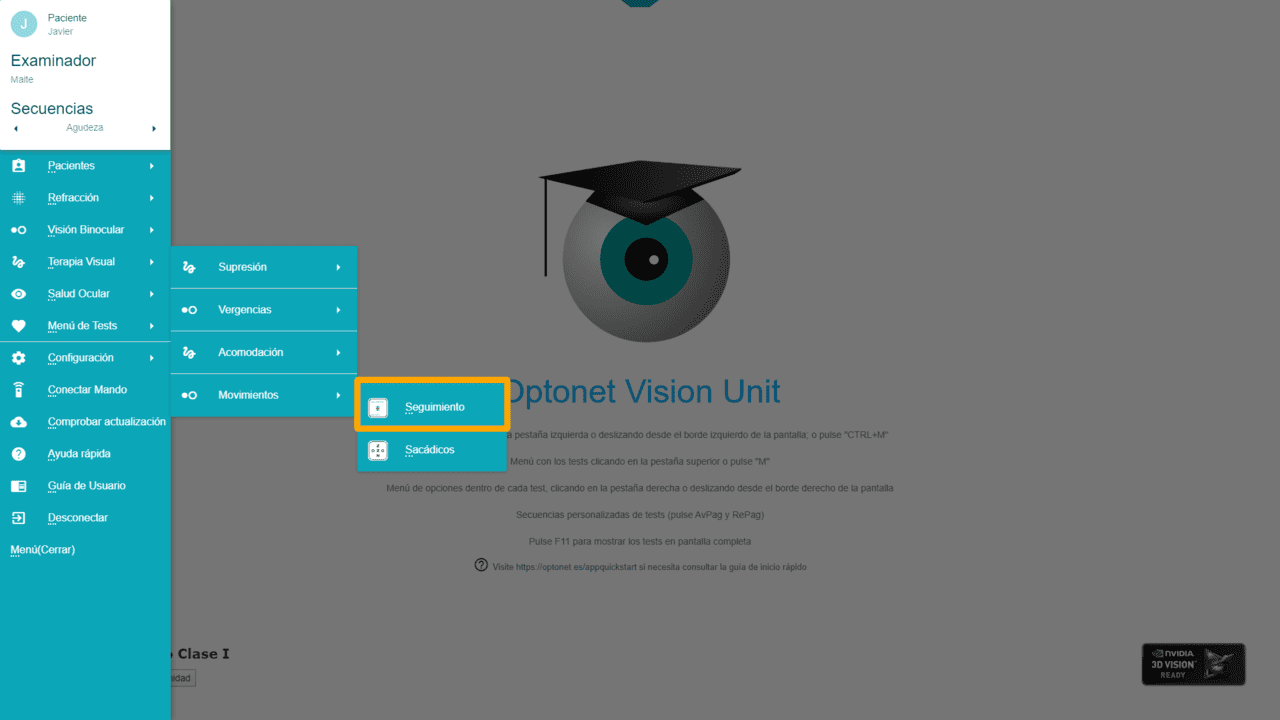
Description #
The aim of this exercise is to enhance binocular coordination while the patient engages in pursuit eye movements. Upon initiating the test, a cartoon figure is displayed, visible only with the right eye (RE) through red/blue filters (or with polarizing filters for passive 3D screens).
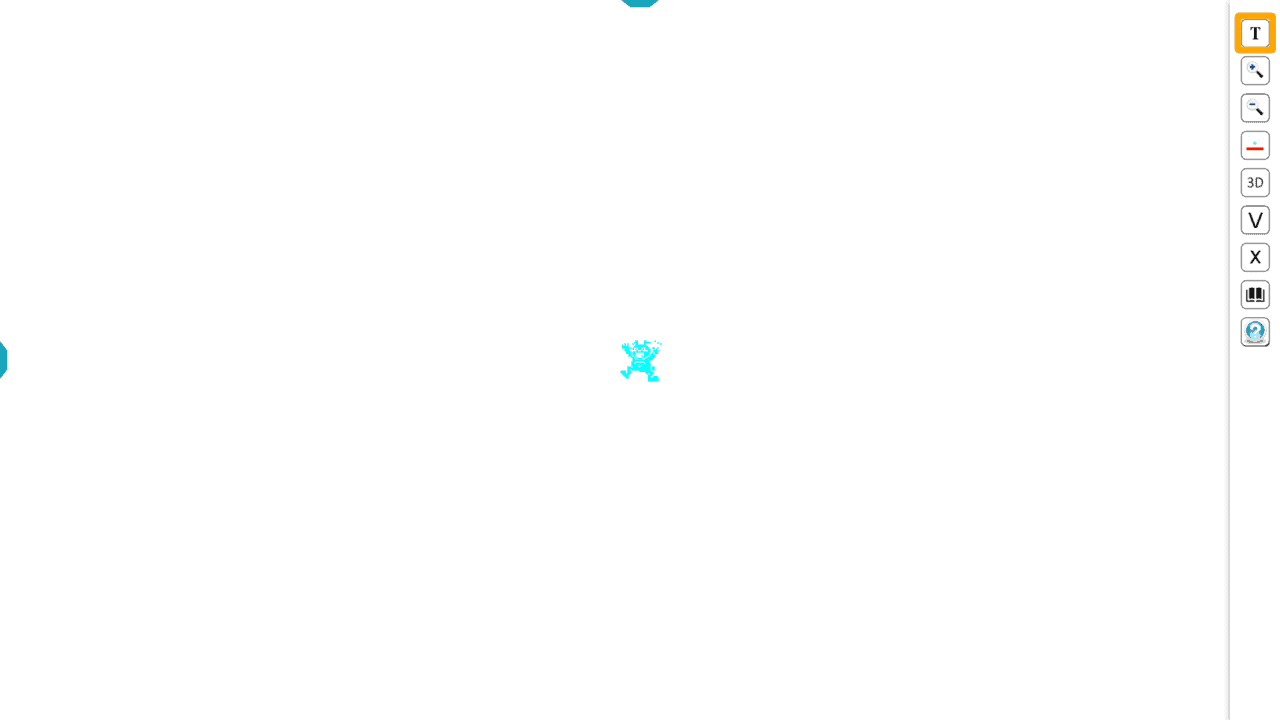
To start the exercise, press the Training icon in the right tool menu (or the “T” key on the keyboard).
Then, you can choose the type of movement (sinusoidal or linear), the speed (slow, normal, fast) of the cartoon’s movement, and the duration for which you want the patient to perform the exercise. It is recommended to use sinusoidal movement at the beginning of training, since linear movement involves a combination of pursuits and saccades.
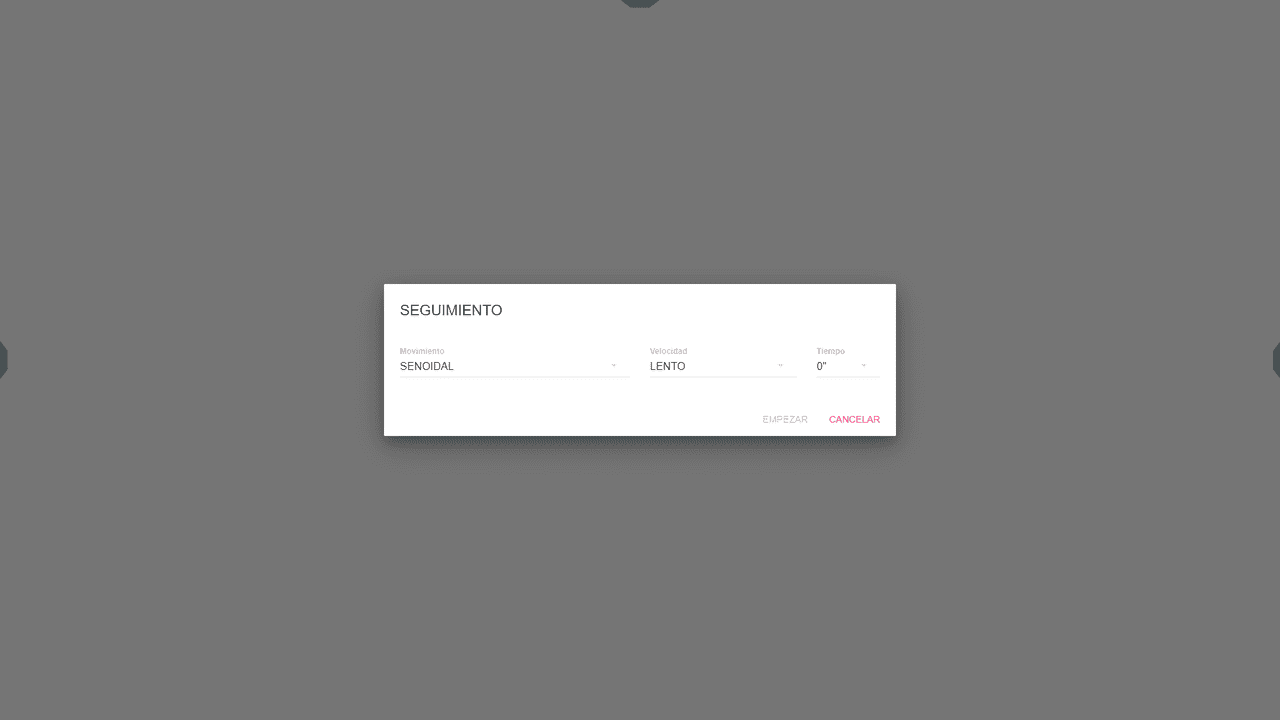
The Exercise #
In this exercise, a cartoon figure moves randomly across the screen, and the patient must follow it, keeping a grid (or cage) over the cartoon figure using the mouse. Through red/blue glasses or polarizing glasses (for 3D screens), the figure is seen with one eye, and the grid (or cage) with the other.
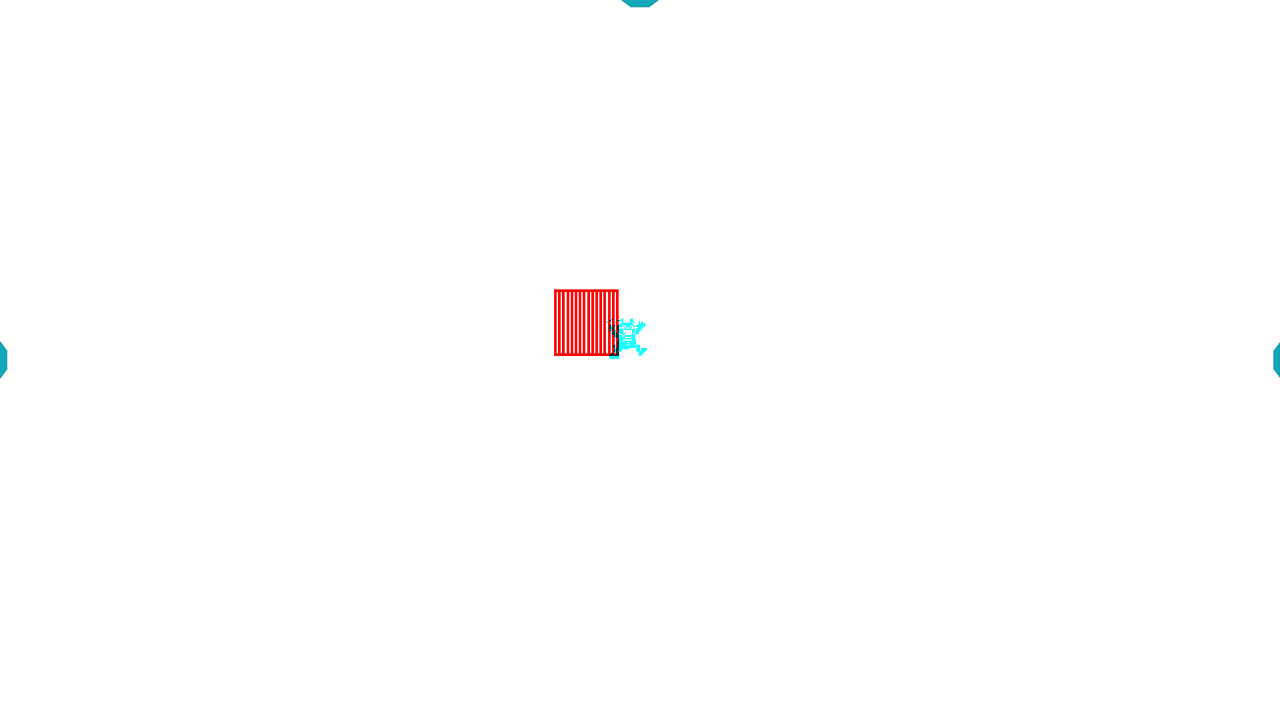
The goal of the exercise is to keep the cartoon figure within the cage for as long as possible (the program emits a sound as long as the figure stays within the cage).
This exercise is designed to improve binocular coordination during eye pursuits; hence, the figure and the cage are seen with different eyes. It can also be very useful for patients with amblyopia and/or suppression (provided it is not strabismic).
However, this test could also be conducted without any filters, to practice pursuits only. There is also a coordination aspect between vision and hand movements controlling the mouse.
After the selected time elapses, results are displayed on the screen, indicating the fixating eye (viewing the cartoon figure), the size of the figure in VA units, the time the patient kept the figure within the cage (percentage-wise), the speed used, and the type of movement.
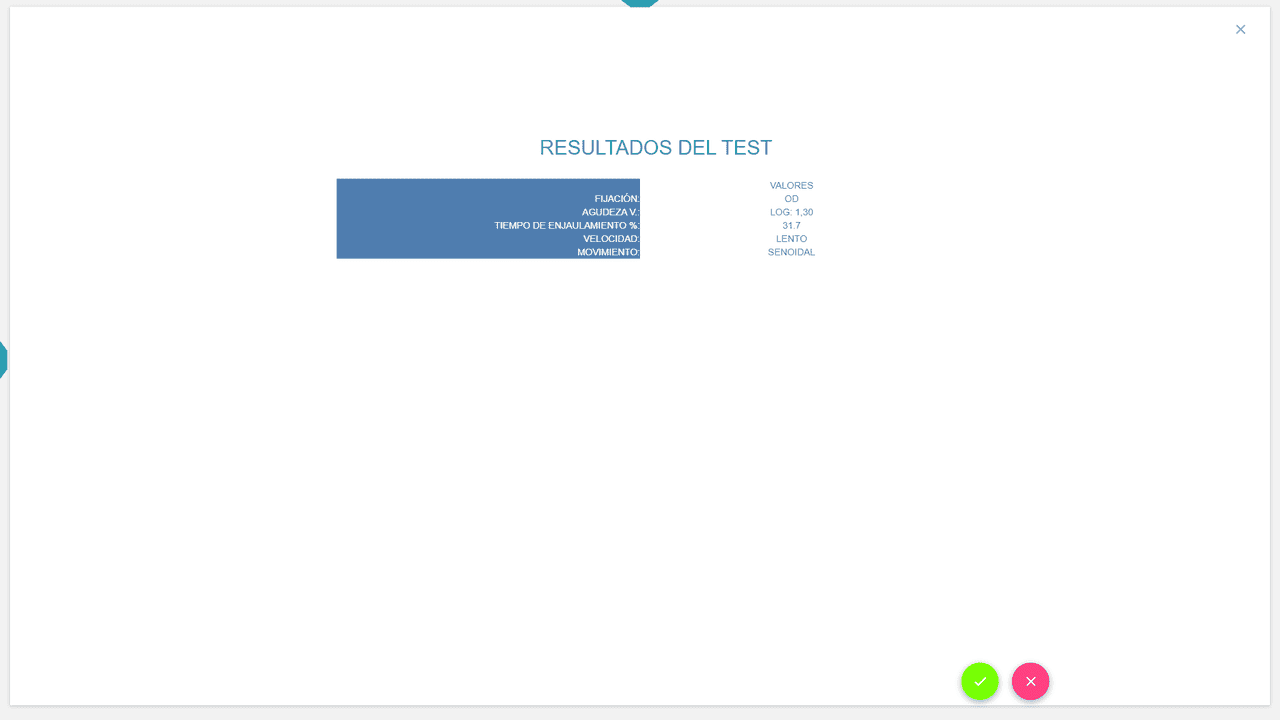
Tool Menu #
Clicking the right tab opens the tool menu with the following options:
| Icon | Function | Keyboard Shortcut |
|
This function is for exercising pursuit eye movements along with binocular coordination.
|
T | |
|
These buttons can increase or decrease the size of the cartoon figure. The VA value updates at the bottom of the screen. |
+ – |
|
|
This icon allows switching the fixating eye from RE to LE and vice versa.
|
I | |
|
Switches to the polarized version if using a passive 3D screen with circular polarizing filters.
|
D | |
|
Displays values on the screen.
|
V |
Saccades #

Description #
This exercise involves a stimulus similar to the accommodation test, presenting a group of 5 letters that becomes visible to only one eye when red/blue glasses or polarizing filters are used (for 3D screens). These letters periodically appear and disappear at different screen locations.
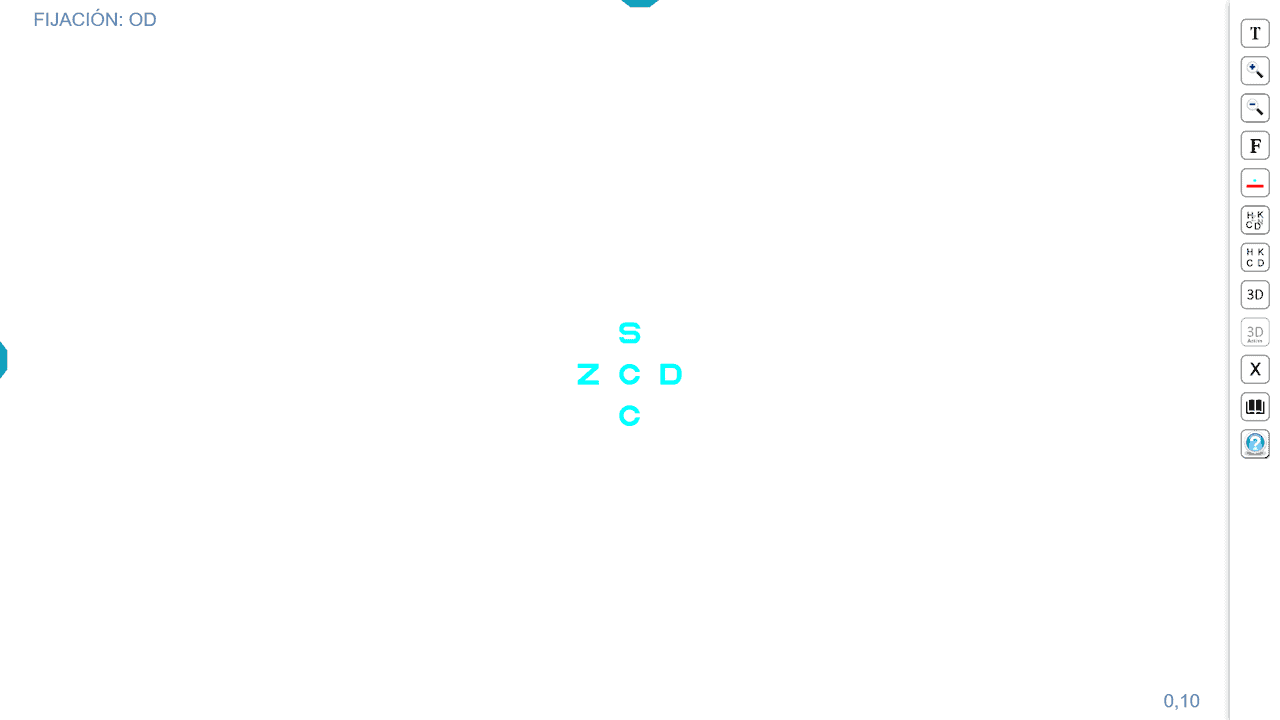
The Exercise #
The goal of this test is to practice saccadic movements. Patients are instructed to concentrate on the central letter of each group wherever it appears, keeping their head stationary.
Observing the letters with only one eye also acts as anti-suppression training in patients with amblyopia. However, this exercise can also be conducted binocularly, without any filters, if desired.
To initiate the test, click the training icon located in the tool menu (or press the “T” key). Next, select the eye that will view the letters and set the exercise duration.
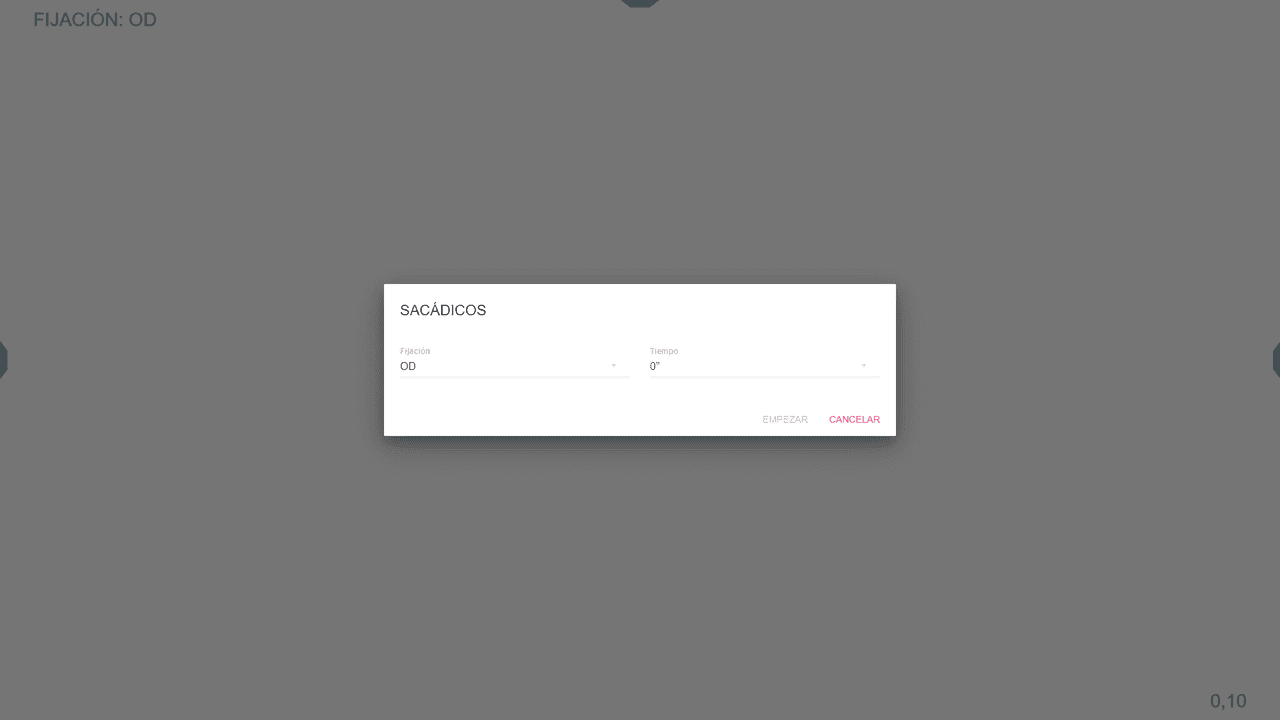
Clicking “start” triggers the random appearance of the 5-letter groups across the screen.
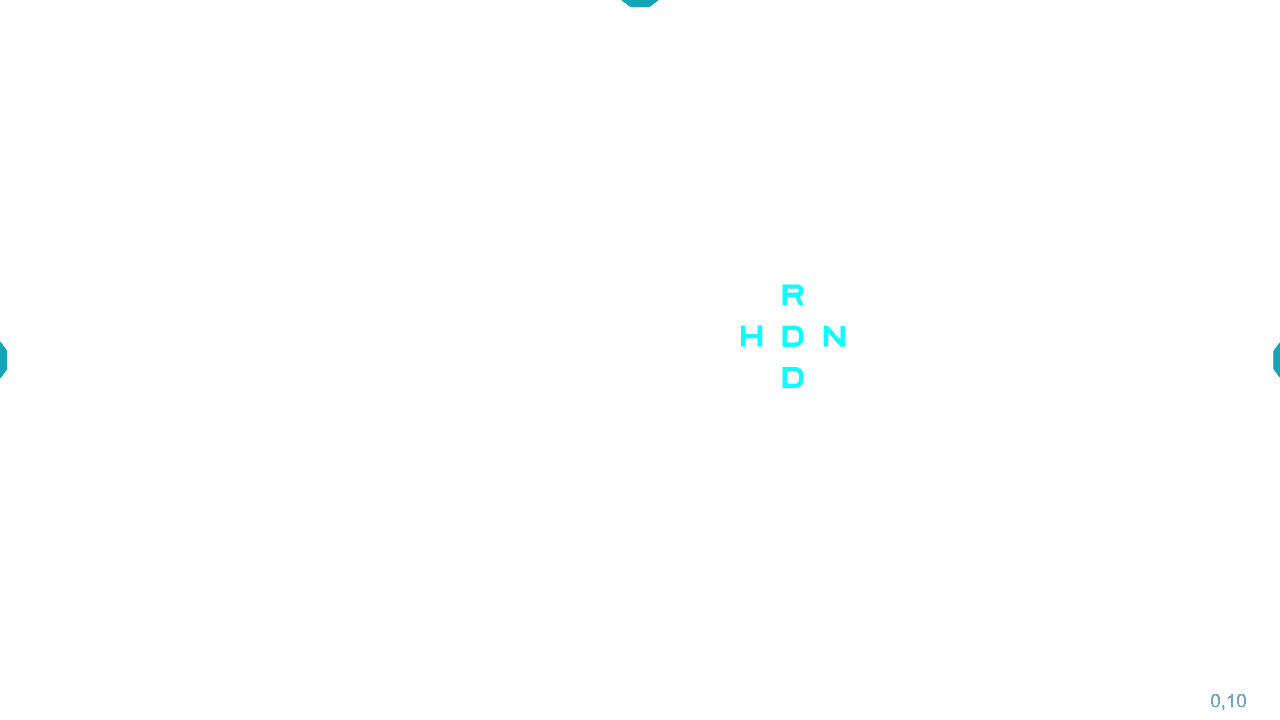
Patients are then tasked with focusing on each group’s central letter, identifying its duplicate among the four surrounding letters. This identification can be communicated through the keyboard’s arrow keys (↑, ↓, ←, →) or by clicking directly on the repeated letter.
This setup confirms the patient’s engagement in the necessary saccadic movements. Alternatively, patients may press the corresponding letter on the keyboard. This method is recommended under professional supervision to prevent patients from diverting their gaze from the screen. In such cases, the patient vocalizes the central letter, and the professional inputs the response.
Upon completion of the set time, a results screen summarizes the saccadic movements executed, the number of errors versus correct responses, the accuracy percentage, and the average time taken to respond to saccadic movements, measured in seconds.
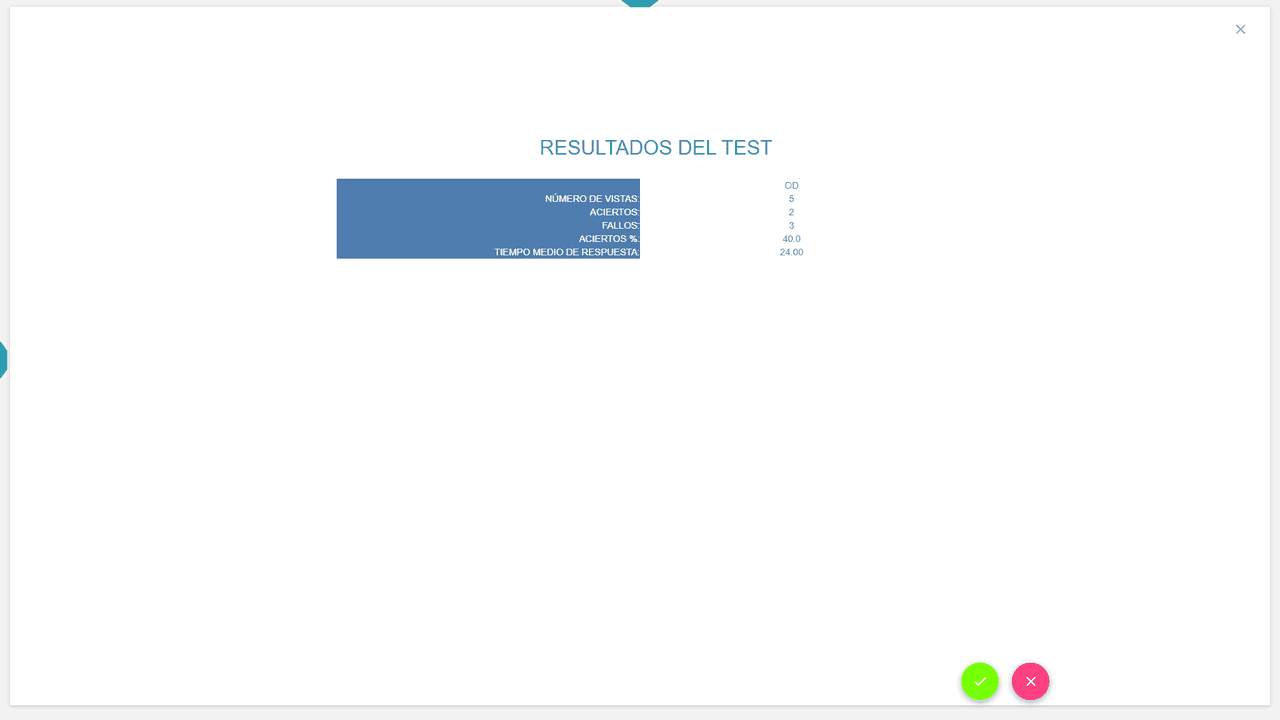
Tool Menu #
Clicking the right tab opens the tool menu with the following options:
| Icon | Function | Keyboard Shortcut |
| This function is for exercising saccadic movements. | T | |
| These buttons can increase or decrease the size of the letters. The VA value updates in the lower right corner of the screen. It is recommended to use a VA close to the patient’s threshold to ensure precise accommodation. Remember, by pressing the VA number (or the “W” key), you can switch to any of the other VA notations allowed by the Unit |
+ – |
|
| Includes an icon to change the type (font) of letter. Clicking successively on it, the letters change in this sequence: Sloan letters, Symmetrical Letters, British Letters, Numbers, Landolt Cs, and Tumbling Es. | F | |
|
This icon allows switching which eye sees the letters: from RE to LE, and vice versa. |
I | |
| Randomly changes the arrangement of the letters. | Z | |
| Resets the last function to its initial state. | X | |
| Switches to the polarized version if using a passive 3D screen (using circular polarizing filters). | D |
